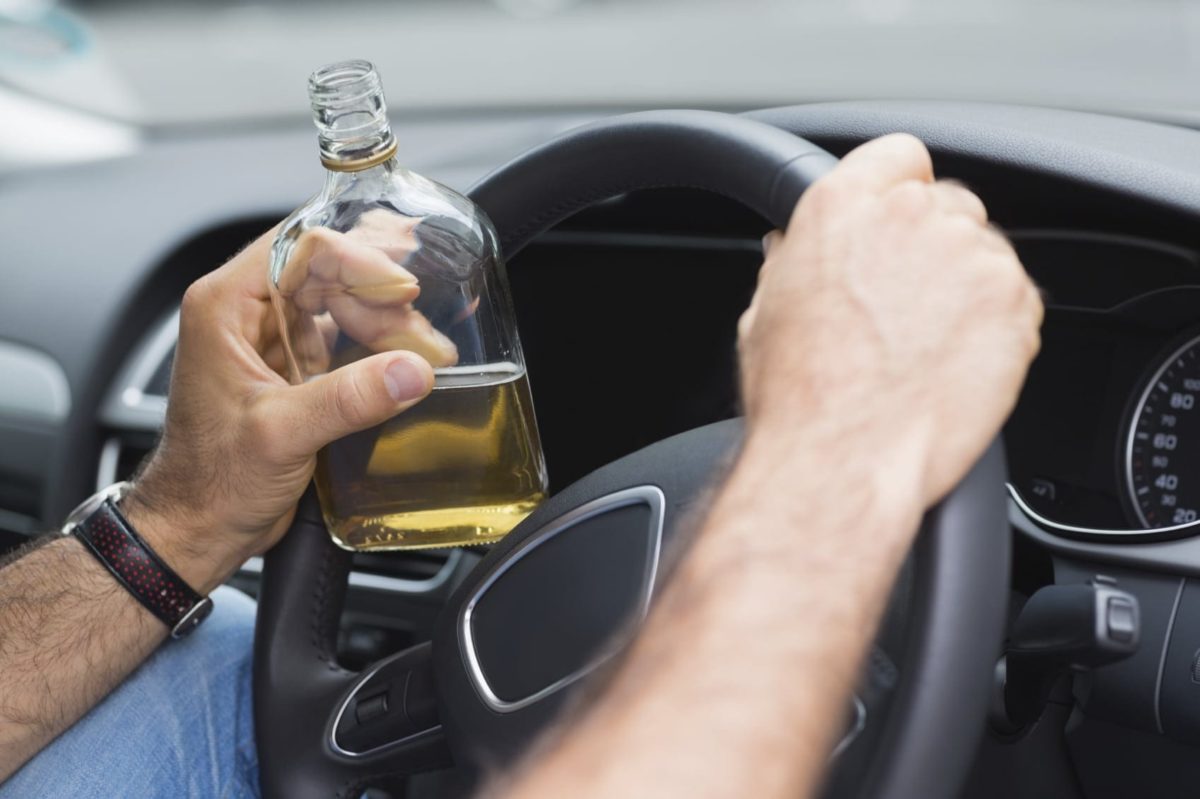How Well Can You Really See?
A woman has the ability to note that the left toe-nail of another woman 10m away is in need of a trim and colour fill but has difficulty seeing the SUV she reversed into in the parking lot. You laugh but you know it’s true.
90% of the information motorists need is received through the eyes, therefore it stands to reason that good vision is a prerequisite for safe driving.
Let’ s face it. If you can’t see properly, you can’t drive safely, it’s simple – Thembela Moyo
There are different types of visual functionality necessary for driving, and should any of these be impaired your level of safety on the road becomes automatically compromised. These are:
COLOUR VISION helps you identify things like traffic signals, different coloured road signs, indicator and brake lights.
DEPTH PERCEPTION is the ability to see things in three dimensions (length, width and depth) and to judge the distance of various objects in relation to where you are.
VISUAL ACUITY gauges how clearly you can see and visual field is how wide of an area your eye can see when you focus on a central point.
VISUAL FIELD is how wide an area your eye can see when you focus on a central point.
PERIPHERAL VISION enables you to see things to your left or right such as the sides of your car, animals, cyclists and pedestrians without the need to glance away from the road.
NEAR VISION is the ability to quickly and effectively adjust your focus from something far away such as the bend in road ahead, to something near such as the information on your dashboard.

It is incredible that the above (and more) work together almost instantaneously and to a large extent are the determining factors used in making critical driving decisions.
Asides driving distracted or under the influence of drugs or alcohol, other reasons which affect our ability to see properly include:
- Normal age-related degeneration
- Glaucoma – a disease which damages the eye’s optic nerve leading to the development of blind spots in your central or peripheral vision
- Macular Degeneration – a disease in which a part of the retina (called the macula) becomes damaged, causing loss to central vision
- Diabetic Retinopathy – a disease in which high blood sugar levels cause damage to blood vessels in the retina, depriving it of both central and peripheral vision
- Cataract – a progressive clouding of the lens in the eye, causing halos around lights, blurry vision and difficulty in seeing properly in bad weather conditions, poorly lit environments and at night.

Nothing signals that we are aging quite like deteriorating eyesight which is one of the leading reasons most people avoid having their eyes tested. There is no shame in admitting that your vision isn’t quite what it used to be and thanks to modern technology, there are many corrective solutions for various eyesight deficiencies – which don’t involve thick unsightly glasses!
Please let me know how about your eyesight and driving experiences by leave a comment below and tagging @freshvisionopt on Instagram and hashtag #heelsandhorsepowermag

About the Author: Thembelo Moyo




